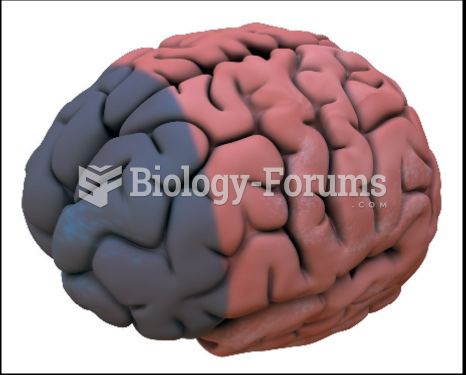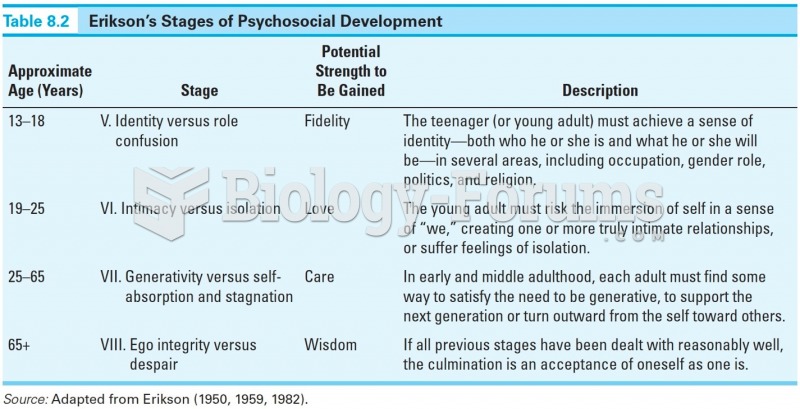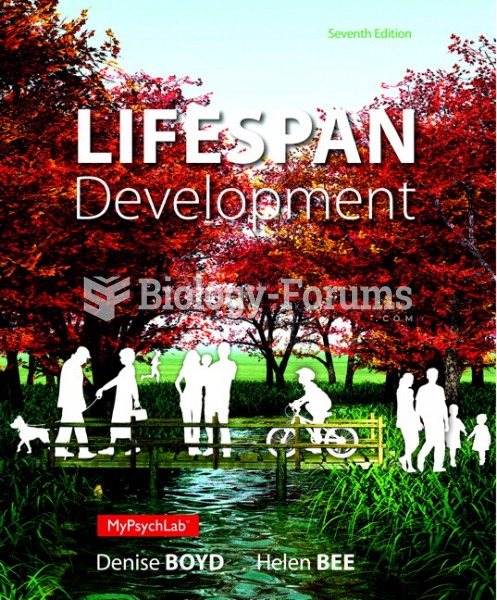Answer to Question 1
ANS: Self-efficacy develops gradually over time. Infants begin to develop self-efficacy as they try to exercise greater influence over their physical and social environments. They learn about the consequences of their own abilities such as their physical prowess, social skills, and language competence. These abilities are in almost constant use acting on the environment, primarily through their effects on parents. Ideally, parents are responsive to their growing child's activities and attempts to communicate, and will provide stimulating surroundings that permit the child the freedom to grow and explore.
The significance of parental influence diminishes as the child's world expands and admits additional models such as siblings, peers, and other adults. Like Adler, Bandura considered birth order within the family to be important. He argued that first-born children and only children have different bases for judging their own abilities than do later-born children.
Teachers influence self-efficacy judgments through their impact on the development of cognitive abilities and problem-solving skills, which are vital to efficient adult functioning. Children often rate their own competence in terms of their teachers' evaluations of them.
Answer to Question 2
ANS: Bandura analyzed the nature of observational learning and found it to be governed by four related mechanisms, which are as follows:
a) Attentional processes: They involve developing our cognitive processes and perceptual skills so that we can pay sufficient attention to a model, and perceiving the model accurately enough, to imitate displayed behavior. Example: Staying awake during driver's education class.
b) Retention processes: They involve retaining or remembering the model's behavior so that we can imitate or repeat it at a later time; for this, we use our cognitive processes to form mental images and verbal descriptions of the model's behavior. Example: Taking notes on the lecture material or the video of a person driving a car.
c) Production processes: They involve translating the mental images or verbal symbolic representations of the model's behavior into our own overt behavior by physically producing the responses and receiving feedback on the accuracy of our continued practice. Example: Getting in a car with an instructor to practice shifting gears and dodging the traffic cones in the school parking lot.
d) Incentive and motivational processes: They involve perceiving that the model's behavior leads to a reward and thus expecting that our learningand successful performanceof the same behavior will lead to similar consequences. Example: Expecting that when we have mastered driving skills, we will pass the state test and receive a driver's license.







